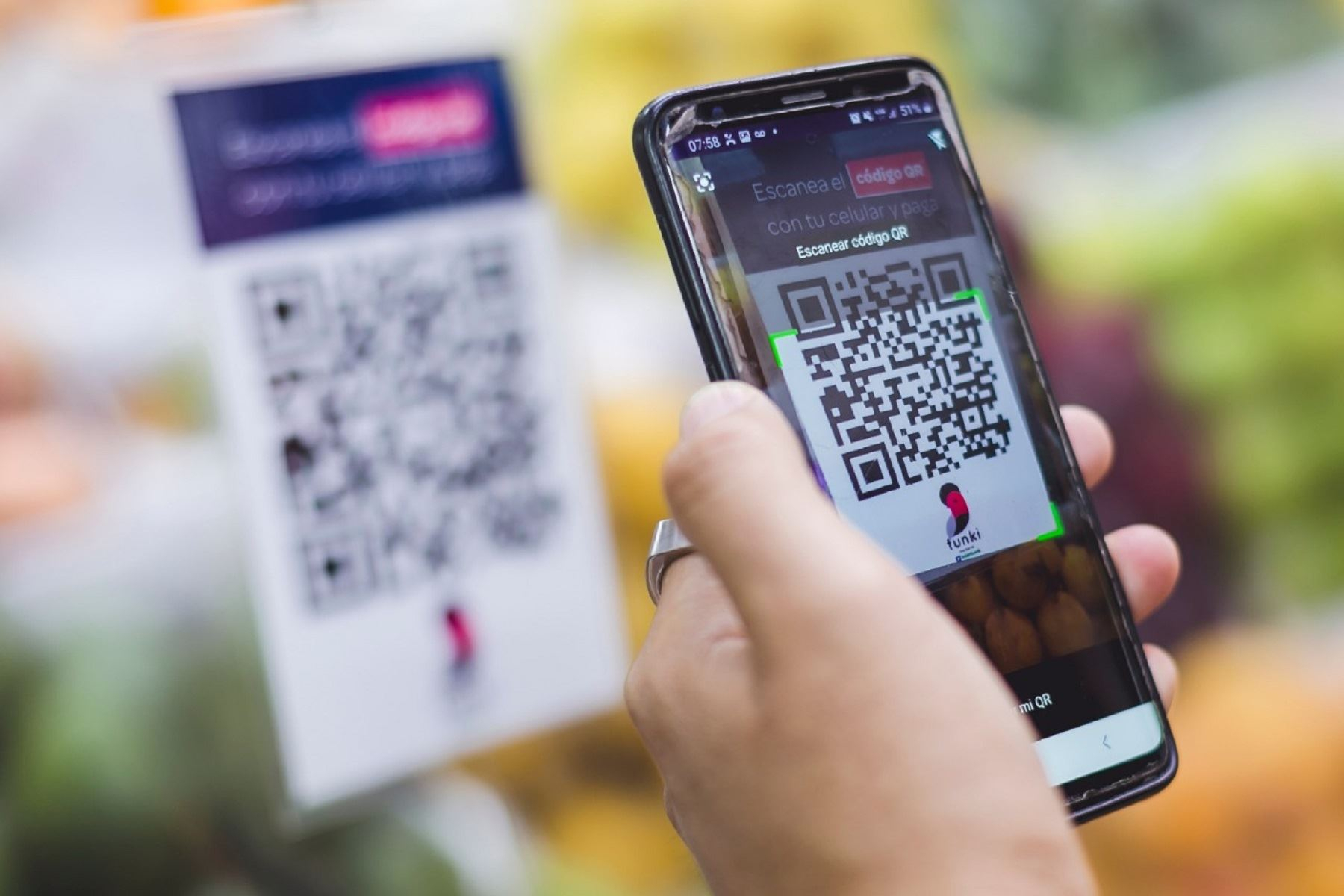
In 2023, around 8.6 million Peruvians in urban areas, aged between 18 and 70, made online purchases. Of this group, 64% chose to use digital wallets to make their payments, which represents an increase of more than 50% compared to the 30% recorded for 2022.
In detail, the most used purchasing method was the debit cardswith 67% of transactions, closely followed by the use of digital wallets (64%) and cash (53%), while the use of credit cards saw a decrease from 42% to 39% in the last 12 months.
The most demanded product categories are: food (84%), fashion, such as clothing, footwear and accessories (66%); personal care (65%); health, such as medications, masks and health insurance (52%); household cleaning products (48%); and electronic devices, such as computers, cell phones and printers (47%).
Although 86% prefer digital channels over face-to-face ones, ATM use still prevails at 74%followed by mobile banking (52%), digital banking (48%), internet banking (43%) and authorized agents (40%).
“Cash may not disappear completely, nor will banking agencies. This is a country still very cash-based. What I believe is that we must go step by step in adoption, Yape began with the payment of small amounts between people, Now we are entering into marketplace issues,” said Francesca Raffo, Deputy General Manager of Transformation and Innovation at BCP.
Likewise, he highlighted that Yape began with a Visa Direct modality that allowed its operations to be interbank, and that the role of the Central Reserve Bank of Peru (BCRP) in the implementation of interoperability has been key.
“It took a while for the banks to come to an agreement and the BCRP had a super important role. Interoperability has benefited but, Yape in that sense has grown the same in its transactions, not necessarily because of interoperability, but because it is including payment for services, now marketplace, access to credit, among others,” he added.
Top digital wallets
On the other hand, the report highlights the main wallets used for online purchases are Yape, which leads with 60%, followed by Plin (30%), PayPal (15%), Tunki (10%), Agora Pay (8 %), Mercado Pago (7%), Fpay (4%), Google Wallet (4%), BIM (2%), Ligo (2%), and Apple Pay (1%).
In September 2023, Yape recorded more than 186 million monetary transactions, with an average of 6,217,820 yapeos daily, 259,076 per hour, 4,318 per minute and 72 per second.
Source: Larepublica
Alia is a professional author and journalist, working at 247 news agency. She writes on various topics from economy news to general interest pieces, providing readers with relevant and informative content. With years of experience, she brings a unique perspective and in-depth analysis to her work.











